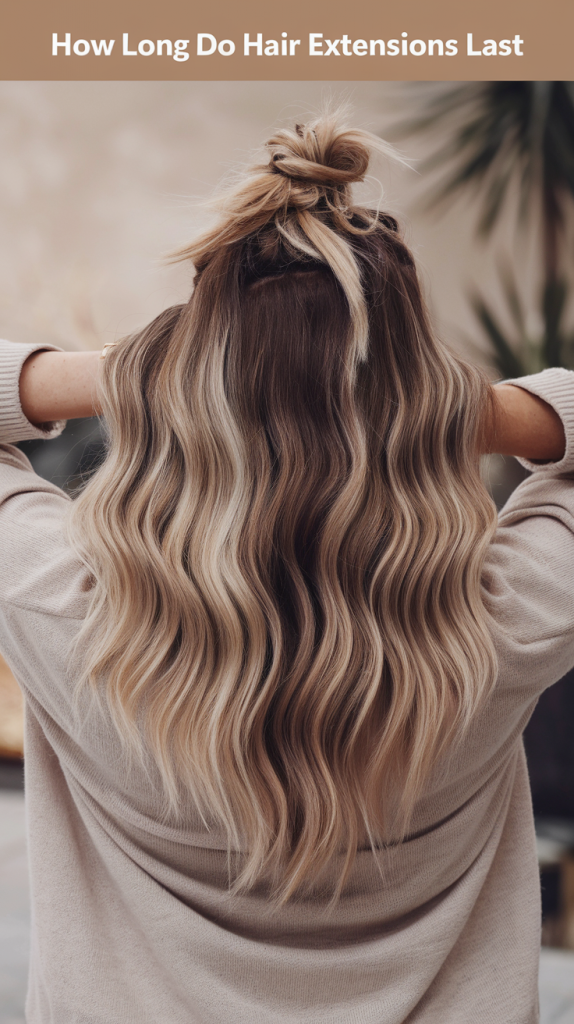How Long Do Hair Extensions Last?
Hair extensions are a game-changer for anyone looking to enhance their look with extra length, volume, or a fresh style. On my journey exploring hair extensions, one question has always stood out: how long do they last? From clip-ins to sew-ins, understanding their lifespan and what influences durability is key to making an informed decision. Let’s break it down.
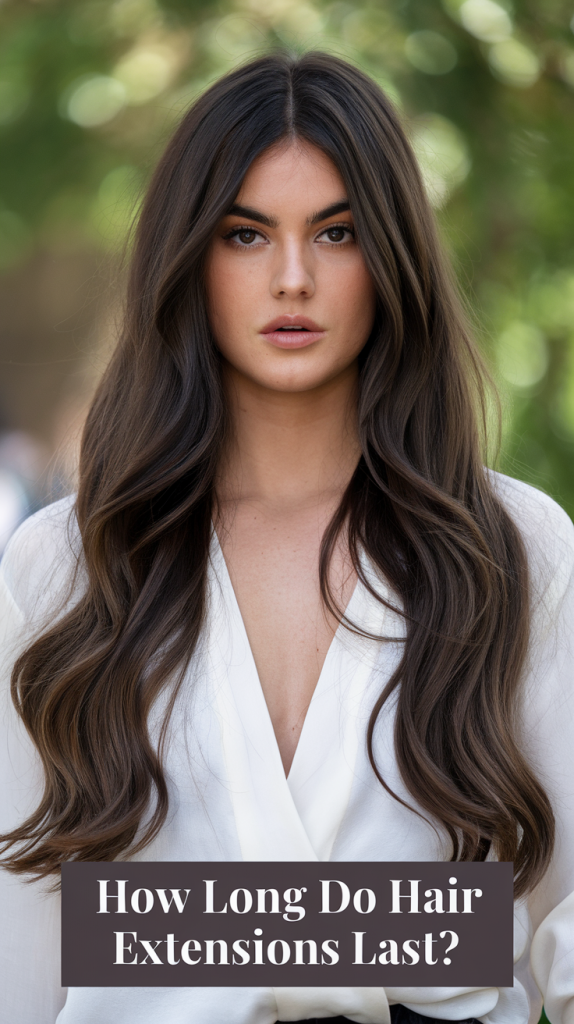
Types of Hair Extensions and Their Lifespan
Hair extensions vary in their durability depending on their type, quality, and care. Here’s a detailed comparison:
Quick Comparison Table
| Extension Type | Lifespan | Key Features | Maintenance |
|---|---|---|---|
| Clip-In Extensions | 3–6 months (up to 1 year) | Temporary; reusable; user-friendly | Minimal; easy detangling |
| Tape-In Extensions | 4–8 weeks per application | Semi-permanent; lightweight | Reapply every 6–8 weeks |
| Sew-In (Weave) Extensions | 6–8 weeks per install | Secure; ideal for thicker hair | Requires scalp care and re-dos |
| Fusion Extensions | 3–4 months | Permanent bond; natural appearance | Professional maintenance |
| Micro-Link Extensions | 3–4 months | No glue; adjustable | Reposition every few months |
| Wigs | 4–12 months (natural hair); 4–6 months (synthetic) | Versatile; full head coverage | Regular washing and storage |
Factors Influencing Extension Longevity
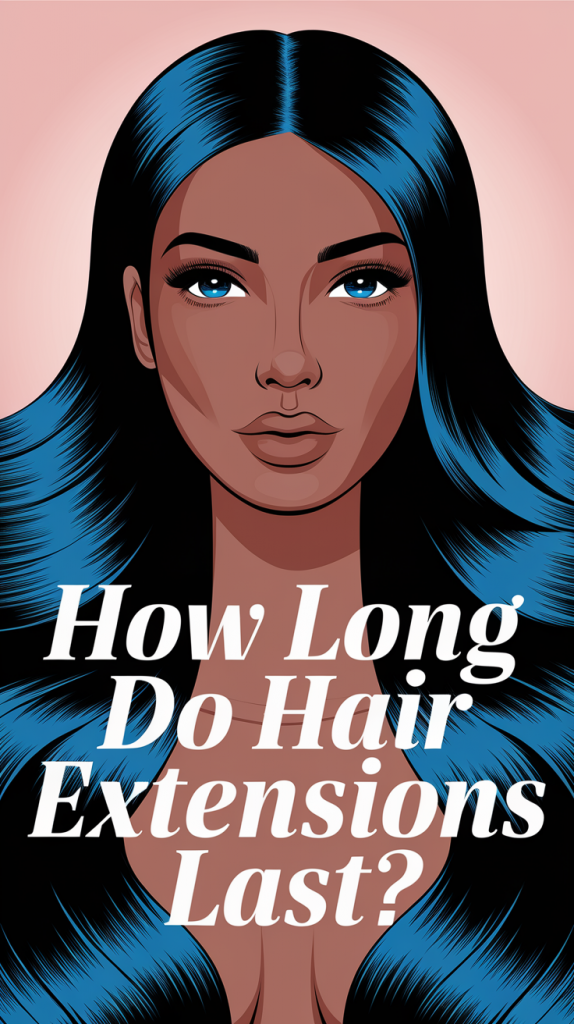
Quality of Hair
Extensions made from 100% human Remy hair last longer than synthetic ones, offering better styling flexibility and durability. Synthetic hair is cheaper but prone to tangling and wear.
Application Expertise
A professional application can ensure a secure fit and reduce damage, making extensions last longer. DIY installations might save money initially but could shorten the lifespan due to improper handling.
Maintenance Practices
Proper care is critical. Washing extensions gently with sulfate-free shampoos, avoiding harsh chemicals, and using heat protection during styling all help maintain their quality.
Hair Type and Lifestyle
Fine or thin hair may require gentler care to avoid damage, while thicker hair can better support heavier extension types. Active lifestyles, like frequent swimming, may benefit from temporary options like clip-ins.
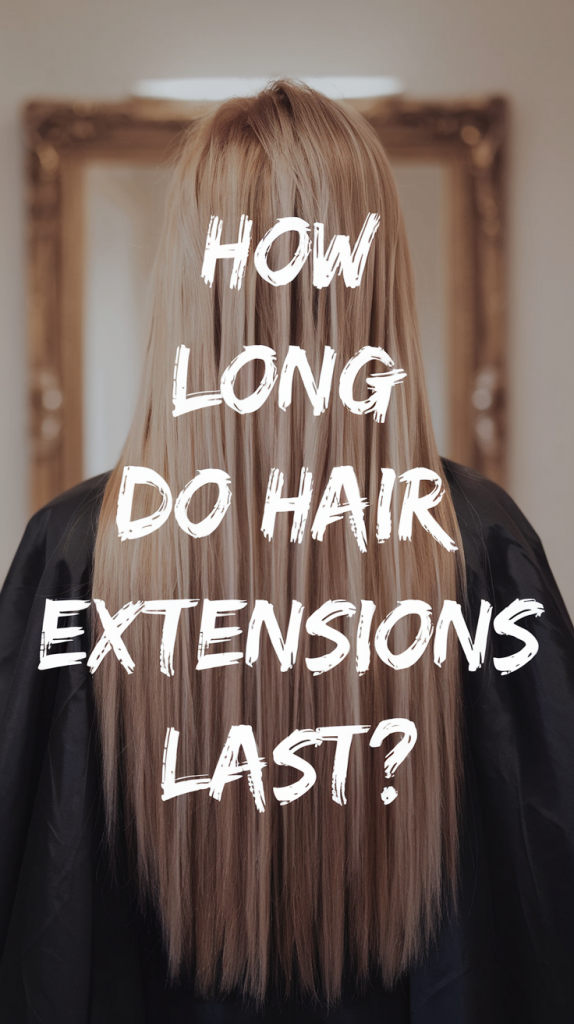
Tips to Extend the Life of Hair Extensions
Here are actionable tips to maximize your extensions’ lifespan:
- Use a Detangling Brush: Start from the ends and gently work upward.
- Wash Sparingly: Stick to once or twice a week with mild, sulfate-free products.
- Apply Heat Protection: Always use a thermal spray before styling.
- Avoid Sleeping with Wet Extensions: Dry your hair fully before bed to prevent tangling.
- Schedule Regular Maintenance: Semi-permanent extensions like tape-ins and fusion bonds need periodic professional attention.
Maintenance Table
| Do’s | Don’ts |
|---|---|
| Use sulfate-free shampoos | Tug or pull during detangling |
| Store clip-ins in a silk bag | Sleep with wet hair |
| Schedule professional touch-ups | Overuse heat-styling tools |
Choosing Extensions Based on Lifestyle
- For Busy Professionals: Opt for low-maintenance tape-ins or wigs.
- For Active Lifestyles: Clip-ins are easier to remove after workouts or swimming.
- For Special Occasions: Fusion extensions or sew-ins provide a polished, long-lasting look.
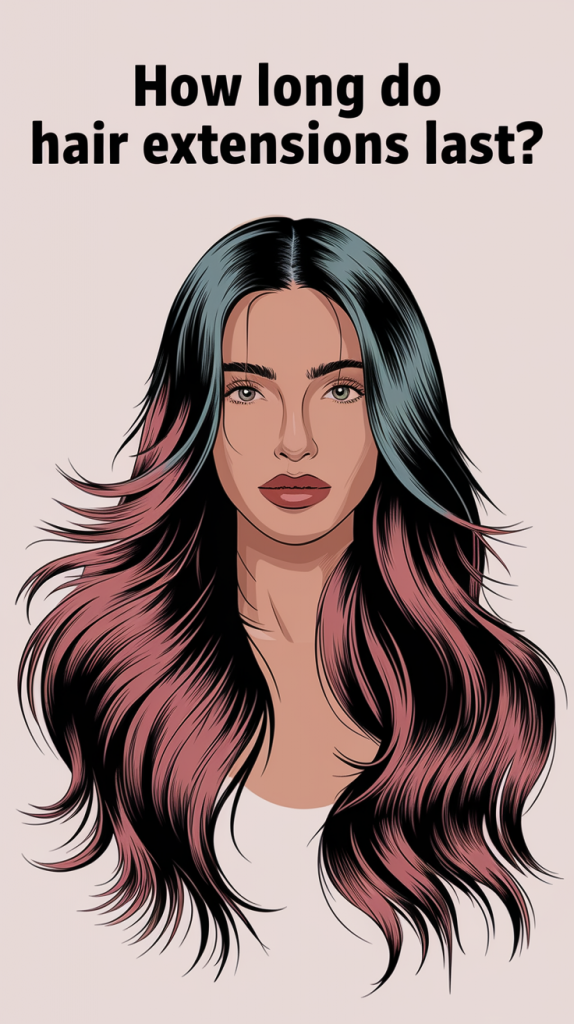
Cost vs. Lifespan: Are Extensions Worth It?
Investing in high-quality extensions might seem expensive, but their longer lifespan and reusable nature often justify the cost. For instance, tape-ins can be reapplied multiple times, making them cost-effective compared to synthetic alternatives that require frequent replacement.
Conclusion
Hair extensions can last anywhere from a few weeks to over a year, depending on the type, quality, and care they receive. By choosing the right extensions for your needs and following maintenance best practices, you can enjoy a long-lasting, stunning look. Extensions aren’t just about enhancing your hair—they’re about enhancing your confidence.
FAQs
1. Can I swim with hair extensions?
Yes, but use a swim cap and rinse your hair immediately after exposure to chlorinated or saltwater to prevent damage.
2. How often should I wash my extensions?
Limit washing to once or twice a week. Over-washing can strip oils and lead to dryness.
3. Are extensions suitable for fine hair?
Yes, tape-ins or micro-links work best for fine hair as they are lightweight and cause minimal strain.
4. Can I color my extensions?
Human hair extensions can be dyed, but consult a professional to avoid damage. Synthetic extensions cannot be colored.
5. What’s the most durable type of extension?
Fusion extensions last the longest due to their strong keratin bond, provided they are maintained professionally.
6. How do I know when to replace my extensions?
Replace them if they become tangled, shed excessively, or lose their shine and manageability.
